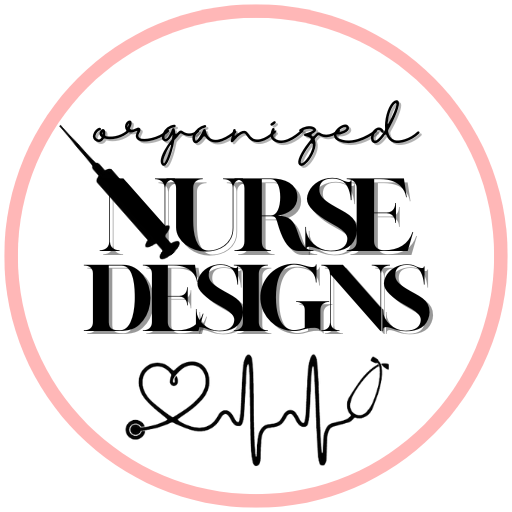How-to Write a Nursing Care Plan: Step-by-Step Guide
There are several essential elements that make up a nursing care plan, including:
- Assessment
- Nursing diagnosis
- Planning or expected outcome
- Implementations and rationales
- Evaluation
The elements of a nursing care plan are also known as the nursing process (ADPIE). Using the nursing process to formulate your care plan will help connect the dots.
- Assessment: Subjective or objective data gathered from the patient to help formulate a nursing diagnosis.
- Nursing diagnosis: A clinical judgment based on data obtained during the assessment that helps nurses determine the plan of care for their patients.
- Planning or expected outcome: Measurable patient-centered actions for the patient to achieve in a specific time frame.
- Implementations and rationales: Nursing interventions the nurse must implement to achieve the expected outcomes and reasoning behind them.
- Evaluation: Determines the effectiveness of the implementations and determines if expected outcomes are met within set time frame.
Step 1: Assessment
Collecting both subjective and objective data is the first component in creating a well-organized care plan. Subjective data, which includes feelings, perceptions, and concerns, are what the patient tells us about their symptoms. Objective data is observable and measurable.
Subjective data:
-
Verbal statements from patient and family
-
Physical complaints i.e. pain, nausea, vomiting, dizziness
Objective data:
- Vital signs
-
Head-to-toe assessment findings
-
Medical history
-
Intake and output
-
Laboratory data
-
Diagnostic testing i.e. EKG, X-RAY, CT scan, MRI
Step 2: Diagnosis
A nursing diagnosis that best fits the patient and goals is determined using the information and data gathered in Step 1.
A nursing diagnosis is described as "a clinical judgment regarding the human response to health conditions/life processes, or a vulnerability for that response, by an individual, family, group, or community," by the North American Nursing Diagnostic Association (NANDA).
A nursing diagnosis aids in prioritizing treatments and is based on Maslow's Hierarchy of Needs pyramid.
The three main components of a nursing diagnosis are:
-
Problem and its definition - Patient’s current health problem and the nursing interventions needed to care for the patient.
-
Etiology or risk factors - Possible reasons for the problem or the conditions in which it developed.
-
Defining characteristics or risk factors - Signs and symptoms that allow for applying a specific diagnostic label/used in the place of defining characteristics for risk nursing diagnosis.
Examples:
PROBLEM-FOCUSED DIAGNOSIS
Nursing Diagnosis related to ______________ (Related Factors) as evidenced by _____________________ (Defining Characteristics).
RISK DIAGNOSIS
The correct statement for a NANDA-I nursing diagnosis would be: Risk for __________ as evidenced by ______________ (Risk Factors).
Step 3: Outcomes and Planning
Once you establish the nursing diagnosis has been established, you will then develop a SMART goal based on evidence-based practices. SMART is an acronym that stands for:
-
Specific
-
Measurable
-
Achievable
-
Relevant
-
Time-Bound
Example: A patient is currently in distress and experiencing alcohol withdrawal. It would not be an attainable goal for this patient to seek counseling for alcohol dependency.
Step 4: Implementation
You must now put the actions into motion to assist the patient in achieving the goals after the goals have been established. Some actions may show immediate results while others might not be seen until later.
Step 5: Evaluation
The final step of the nursing care plan is the evaluation phase. This is when you evaluate if the desired outcome has been met. Based on the evaluation, new or alternative goals may be necessary.
Ideally, all of the patient's goals, should be accomplished by the time of discharge. This is unfortunately not always the case, particularly when a patient is being transferred to a hospice, home care, or long-term care facility. You'll discover that the majority of care plans include continuing objectives that might be accomplished in a matter of days or could take weeks. It will also depend on the patient's condition and the desired outcomes.
